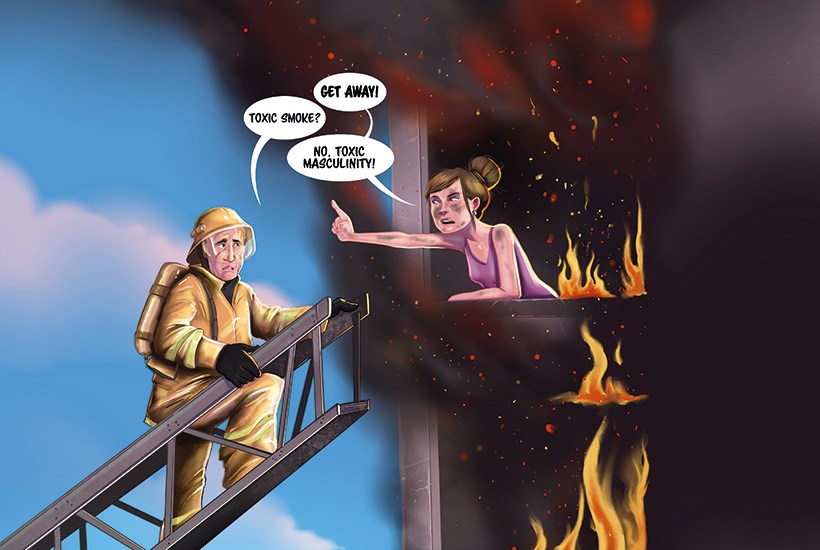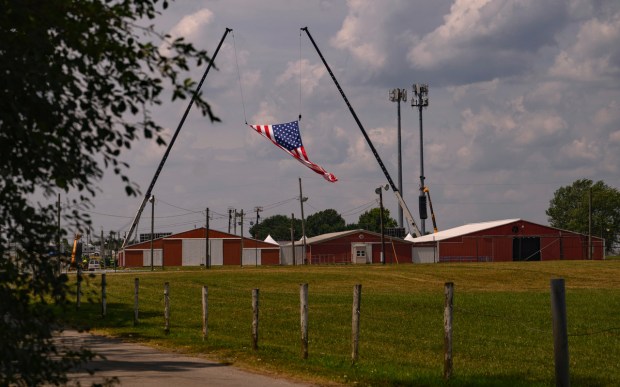In the last couple of months, multiple fingers have been pointed in a great many directions in an effort to blame somebody or something for the flood response in New South Wales and Queensland. In an online poll conducted by the Daily Telegraph which asked, ‘Who do you think is responsible for the Lismore flooding disaster?’, the majority of respondents thought that the most culpable was ‘Mother Nature’, while the rest of the blame was distributed evenly across politicians, the State Emergency Services and the Bureau of Meteorology.
Already a subscriber? Log in
Subscribe for just $2 a week
Try a month of The Spectator Australia absolutely free and without commitment. Not only that but – if you choose to continue – you’ll pay just $2 a week for your first year.
- Unlimited access to spectator.com.au and app
- The weekly edition on the Spectator Australia app
- Spectator podcasts and newsletters
- Full access to spectator.co.uk
Unlock this article
Bella d’Abrera is the Director, Foundations of Western Civilisation Program at the Institute of Public Affairs.
You might disagree with half of it, but you’ll enjoy reading all of it. Try your first month for free, then just $2 a week for the remainder of your first year.













Comments
Don't miss out
Join the conversation with other Spectator Australia readers. Subscribe to leave a comment.
SUBSCRIBEAlready a subscriber? Log in